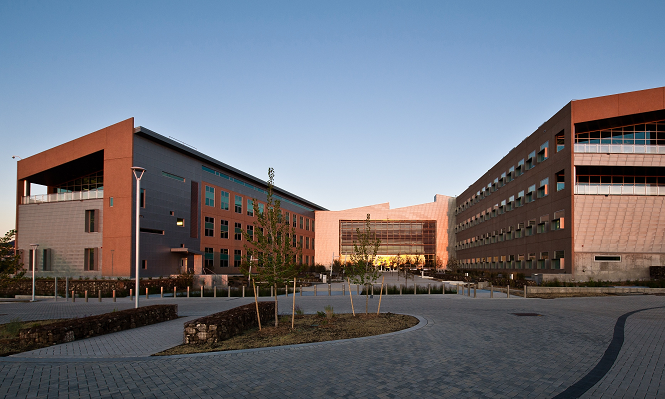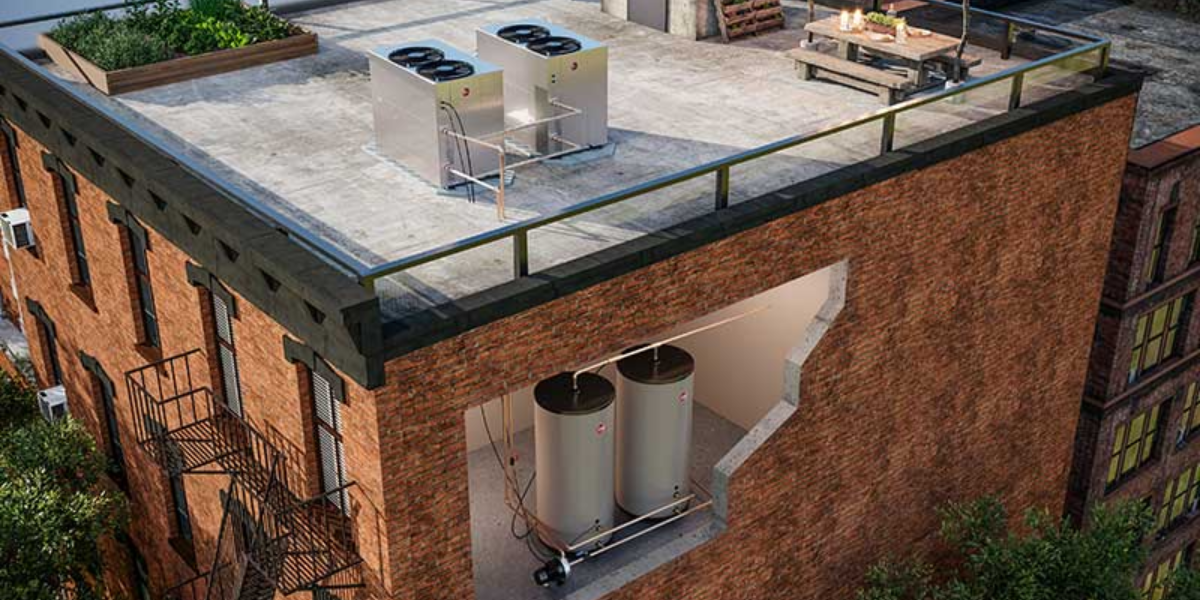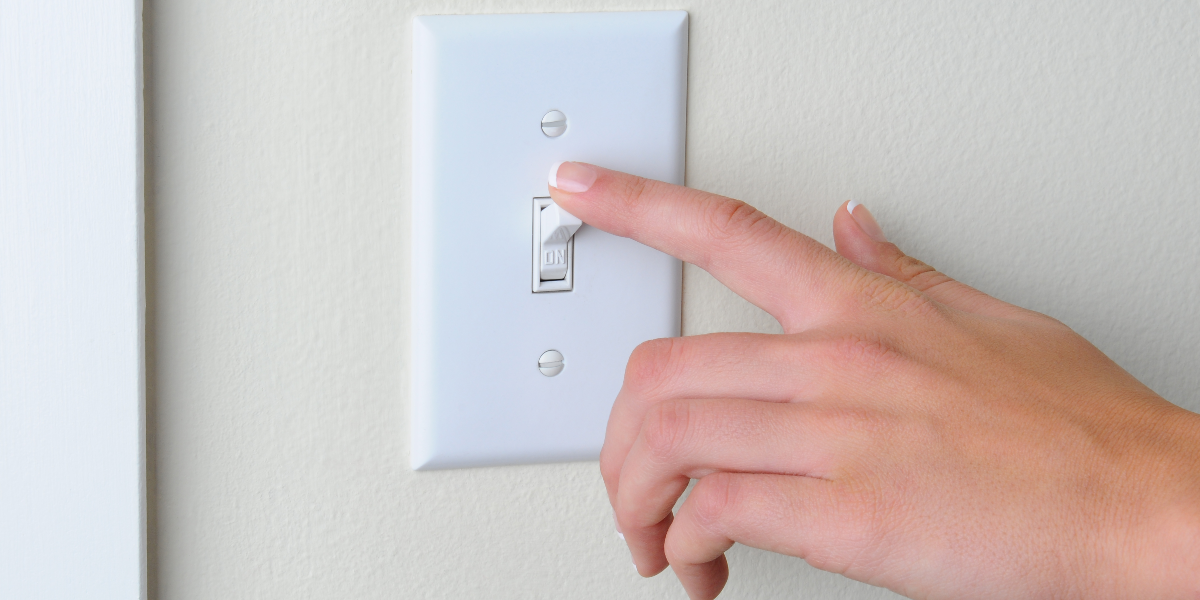New ASHRAE Zero Energy Standard Could Bring Industry into Agreement
Let's Save Energy
Alliance to Save Energy's Blog

by Sheila J. Hayter, P.E. – ASHRAE 2018-2019 President
The realization of a zero energy building that is evaluated, measured and documented to established criteria is a critical mission for building developers, building owners, industries, governments, utilities, certification bodies, and code-bodies alike.
Residential and commercial buildings place a substantial burden on the electrical grid, accounting for 40% of global energy consumption, and are in effect a significant source of greenhouse gas emissions. Although there are multiple initiatives underway to establish a definition of zero energy buildings, there is no recognized consensus standard that determines if a building is a zero energy building. A new ASHRAE standard could help resolve this issue and bring the industry into agreement.
Process to Create Zero Energy Building Standard Launched This Year
During the 2019 ASHRAE Winter Conference in Atlanta, Standard 228P, Standard Method of Evaluating Zero Energy Building Performance, was approved, launching the process of creating the standard. ASHRAE is currently seeking members to participate on the Standard 228P project committee.
The standard will provide guidance on how to measure a building’s zero energy goals. It is expected to set requirements for evaluating whether a building or group of buildings meets a clear definition of zero energy, as well as provide a consistent method of expressing qualifications for zero energy buildings associated with the design of new buildings and the operation of existing buildings.
ASHRAE is an ANSI Audited Designator and the standard will be developed through ASHRAE’s ANSI-approved consensus process. The process allows for open meetings and public reviews to comment on for materially interested parties.
New Standard Will Apply to Range of Buildings
Standard 228P will apply to existing buildings, new buildings, groups of buildings, or portions of buildings – and will include calculation methodology, and expression of the building(s) zero energy status using performance metrics defined in ASHRAE Standard 105, “Standard Methods of Determining, Expressing, and Comparing Building Energy Performance and Greenhouse Gas Emissions” or by the authority having jurisdiction.
In addition, the Standard 228P will address transportation within the zero energy building or group of buildings, as well as plug loads for electric vehicles.
While it is important to understand the encompassing parameters of the standard, it is also necessary to understand what it will not apply to, such as the establishment of building energy performance goals or limits; design guidance or design requirements; embodied energy of building materials and systems; and transportation to and from a building. This standard is also not intended to and will not be used to circumvent any safety, health, or environmental requirements.
“Numerous organizations are defining and have defined what makes a building zero-energy and now is a good time for everyone to come together in agreement,” says Keith Emerson, P.E., Life Member ASHRAE, and proposed chair of SPC 228P.
Persons interested in serving on this ASHRAE project committee can find more information and membership forms, and can sign up to stay abreast of all ASHRAE standards activities, including call for members, public review comments, and to be added to the ASHRAE Standards Action listserv.
Photo: National Renewable Energy Laboratory’s Research Support Facility, a showcase for energy efficiency and renewable energy technologies. Photo by Dennis Schroeder / NREL.
RECENT BLOG POSTS
STAY EMPOWERED
Help the Alliance advocate for policies to use energy more efficiently – supporting job creation, reduced emissions, and lower costs. Contact your member of Congress.
Energy efficiency is smart, nonpartisan, and practical. So are we. Our strength comes from an unparalleled group of Alliance Associates working collaboratively under the Alliance umbrella to pave the way for energy efficiency gains.
The power of efficiency is in your hands. Supporting the Alliance means supporting a vision for using energy more productively to achieve economic growth, a cleaner environment, and greater energy security, affordability, and reliability.



